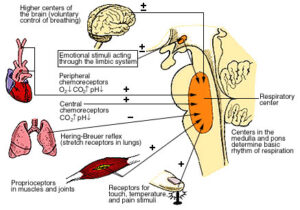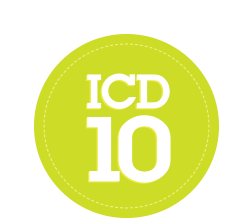 Over the years, I’ve written more than a few HealthBlog posts on the topic of health information exchange (HIE) and why I feel so strongl
Over the years, I’ve written more than a few HealthBlog posts on the topic of health information exchange (HIE) and why I feel so strongl
 Over the years, I’ve written more than a few HealthBlog posts on the topic of health information exchange (HIE) and why I feel so strongly that most of the initiatives currently underway are missing their mark. As I’ve stated before, during my worldwide travels I haven’t yet come across a country that has accomplished a truly national, interoperable, bi-directional, fully functional HIE. Those few countries that come close are more like a large American city or small state in size, perhaps mirroring some of the moderately successful regional or state-wide exchanges currently operating in America. Over the years I’ve also watched implosions of national HIE attempts in several countries that have failed miserably despite billions of dollars being spent on the efforts.
Over the years, I’ve written more than a few HealthBlog posts on the topic of health information exchange (HIE) and why I feel so strongly that most of the initiatives currently underway are missing their mark. As I’ve stated before, during my worldwide travels I haven’t yet come across a country that has accomplished a truly national, interoperable, bi-directional, fully functional HIE. Those few countries that come close are more like a large American city or small state in size, perhaps mirroring some of the moderately successful regional or state-wide exchanges currently operating in America. Over the years I’ve also watched implosions of national HIE attempts in several countries that have failed miserably despite billions of dollars being spent on the efforts.
Reading each of the articles referenced above, I once again reach the conclusion that what I have been evangelizing as a better model for HIEs still rings true. Stated simplistically, contrary to a model that attempts to bi-directionally connect everything to everything in the complex ecosystem we call healthcare (i.e. every doctor’s office, clinic, hospital, health system, lab, imaging center, pharmacy, insurance company, etc.) we should instead build systems that connect everything to the patient and aggregate information around the patient as a life-long, longitudinal continuity of care record that is for and about the patient. Every citizen should have access to a highly secure cloud account, hosted by a trusted provider, that holds this information on the patient’s behalf and gives the consumer/patient the exclusive right to share their information with whomever needs to see it; be that a family member, caregiver, nurse, doctor, insurer or anyone else who is involved in that person’s personal health and well being. A citizen would simply notify and authorize any person or entity that generates health information about them how to access and deposit such information into their “account”. As the citizen or patient moves through the ecosystem of care, their record and access to it would move with them. Since ideally a citizen should have choice about the trusted entity that stores health information on their behalf, there must be standards in place so that all data in the citizen’s account can be easily transferred, with permission and when desired, to another trusted cloud service provider be that a commercial enterprise, financial institution, government agency, or other kind of organization.
 If the model I’m proposing sounds a bit familiar, it should. I’m basically describing a service that is architected much like Microsoft HealthVault. In fact, there are several progressive countries around the world who, after watching the colossal failures of many national HIE initiatives, are now proposing models for HIE that look very much like what I have described above. Some of those countries may even use HealthVault as their service provider. Each citizen gets an account. Every vendor must be able to connect with and deposit structured information into the account. Wherever the patient goes, the information goes too—not just regionally or nationally, but virtually anywhere in the world.
If the model I’m proposing sounds a bit familiar, it should. I’m basically describing a service that is architected much like Microsoft HealthVault. In fact, there are several progressive countries around the world who, after watching the colossal failures of many national HIE initiatives, are now proposing models for HIE that look very much like what I have described above. Some of those countries may even use HealthVault as their service provider. Each citizen gets an account. Every vendor must be able to connect with and deposit structured information into the account. Wherever the patient goes, the information goes too—not just regionally or nationally, but virtually anywhere in the world.
I know that I am oversimplifying the case. However, you would be amazed how well this model resonates every time I sit down with a healthcare executive, clinician, health minister, or anyone else who is struggling with how to provide HIE services for the populations they serve. Is it time to wipe the slate clean and start talking about an entirely new model for HIE? Read each of the articles at the top of my post. What do you think?







